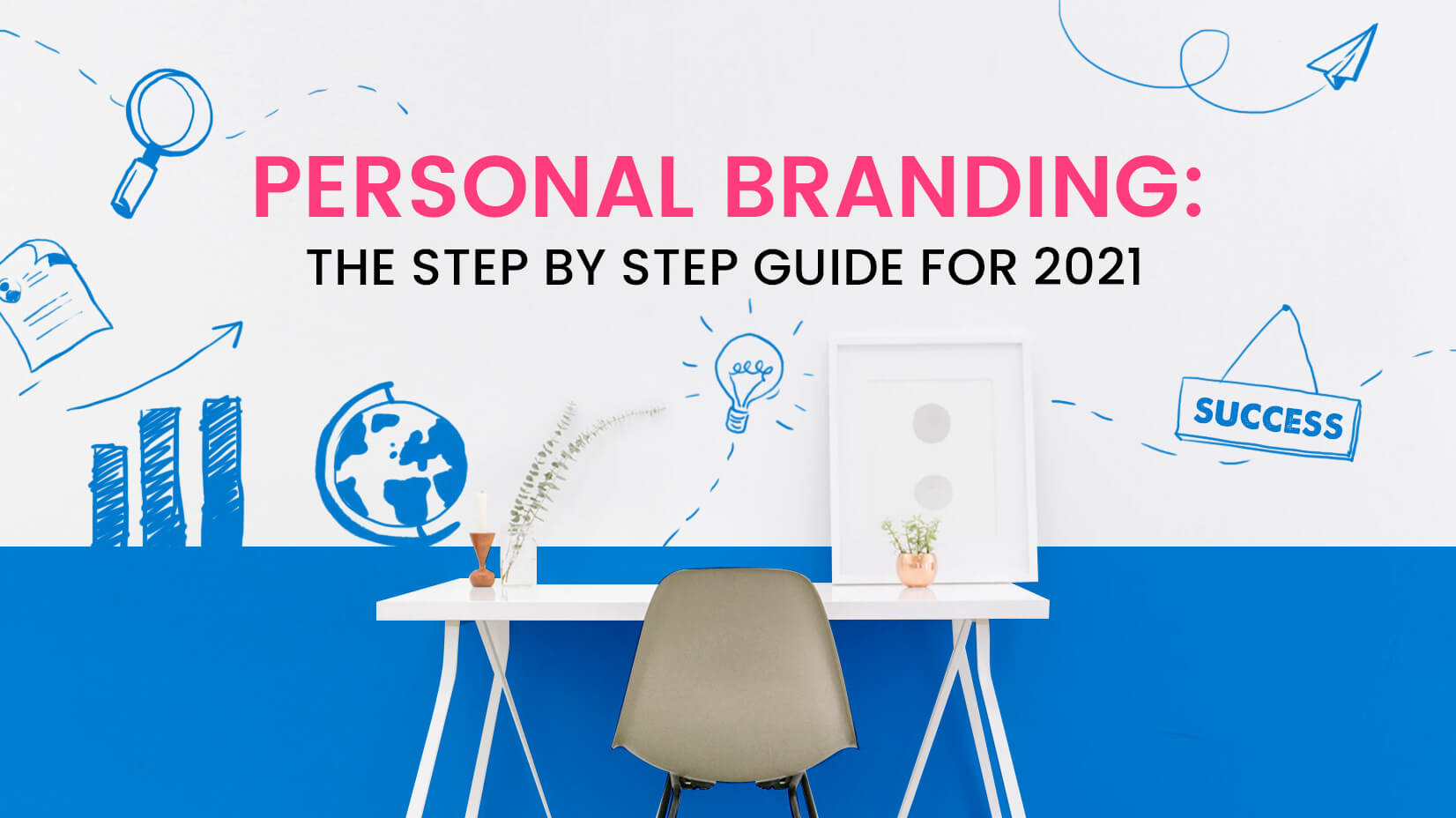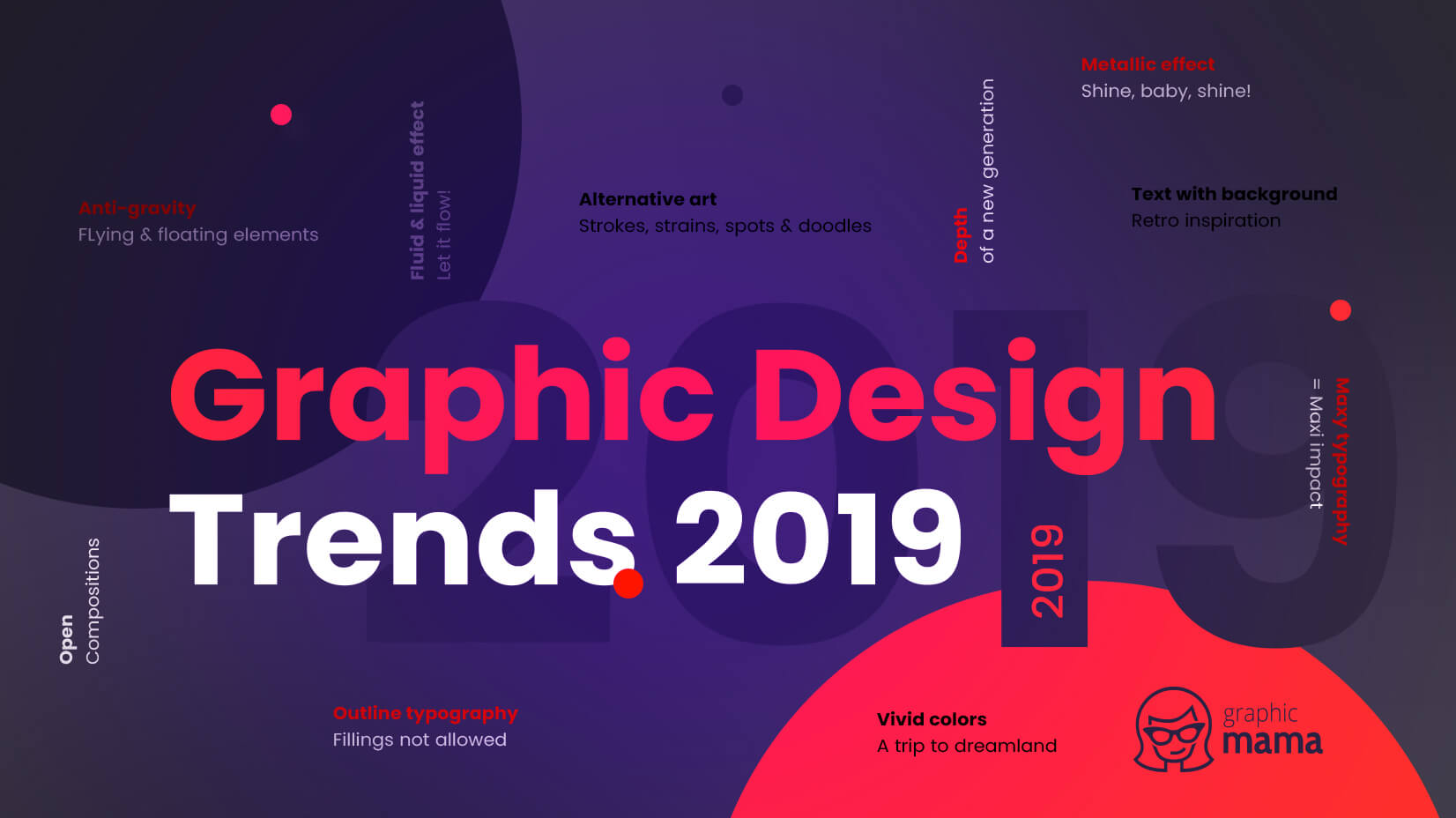
A good personal branding strategy can help a company further establish itself within the industry while the lack of one can prove to be a company’s downfall even with the best of products backing them. Don’t take my word for it though- let us look at the data instead.
33% of customers trust company messages. Also, worth taking into account- leads that convert through an employee’s social media activity are 7 times more likely to convert than others. Your online reputation is in your hands and it dictates whether you land that next deal and how much money you make online as a business.
Your goal should be to be seen as an individual rather than a corporate with no soul. People are far more likely to trust the man behind the product rather than the company behind the product.
So, how can you go about crafting your personal brand?
Personal Branding Design Step by Step
Successful personal branding is about a lot more than slapping your company logo on every product. Your aim should be to associate your products with an emotion so that every time a customer looks at them it gives them a quick rush of nostalgia.
If a product remains just a product, it will simply sit on a shelf. At quick glance, the words ‘I’m loving it.’ do not hold much meaning but those three tiny words are behind a billion-dollar company.
Finding your own ‘I’m loving it’, is not an easy task but there is always a place to begin:
Step 1: Figure Out What You Stand For
A brand without a vision is going to be running around in circles like a headless chicken which is why shaping what your brand represents is paramount. You need to ask yourself questions like-
- What do I want to achieve as a brand?
- Who is my target audience?
- What are my strengths?
- What does each team member within my company bring to the table?
- What is my competition like?
If you answer these questions honestly, it can help guide you as you begin to figure out what your company’s vision is. A lot of people think, “Well that is all well and good but visions do not make money.”
True but oddly enough all of the most successful companies in the world have visions. Amazon, Ikea, Disney, McDonald’s- you name it.
Step 2: What is your USP?
The questions above have been pondered on by companies before you which is why what you can bring to the table is bound to be similar to what is already on the table. If you want to truly stand out as a brand, you need to figure out what your Unique Selling Proposition is. Let us go over some examples:
Domino’s Pizza
“You get fresh, hot pizza delivered to your door in 30 minutes or less or it’s free.”
Everyone offered pizza but you know who offered it for 30 minutes or less? – Domino’s. If it does not come to your house in under 30 minutes, you get the consolation prize of getting it free. This simply USP made Domino’s the go-to for pizza delivery across America and then across the world.
If you are craving a pizza, you want to call for it from the place that is promising you the fastest delivery possible. Even if Domino’s’ rivals deliver the pizza at almost the same time, they are not making it their USP which is what makes the difference.
FedEx Corporation
“When it absolutely, positively has to be there overnight.”
I like this example in particular because it shows you exactly how powerful words can be. Even though most delivery companies strive to deliver the parcel as quickly as possible, FedEx made it their USP by associating the idea of quick delivery with their company.
A good sentence is a powerful marketing tool. No one thought the words ‘Just Do It’ would be so meaningful and yet Nike, a billion-dollar company, makes millions every year with three simple words.
A USP is normally the exact problem you help your audience with. So, for example, it could be something like
“I am a personal finance blogger who helps people in debt increase their credit score.”
Of course, that is a very basic example, but the main point is to make sure you have a selling point that is unique to you and that no one else can offer. Even when we create blogs, we try to niche down further into a niche so that Google sees us as an authority when it comes to that topic.
Similarly, when you are embarking on your personal branding journey, remember that you need to narrow your audience down to find one.
Step 3: Begin Your Outreach
No man is an island, and those pearls of wisdom stand true to businessmen as well. As you begin to understand who you are as a brand or even who you want to be, you need to start letting people know.
Connecting with people within your niche is a good way to take that first step. You can join relevant groups on Facebook or approach contacts via LinkedIn. You could even choose to start a Facebook group of your own if you really want to create a community around your brand.
It cannot be understated how important it is to have people in your corner. You can use these contacts to learn more, strategize together, and help each other out. For example, blogger groups on Facebook often have people on them who will post guest post opportunities, backlink opportunities, keyword research ideas, and more.
You could also contribute to channels like Quora or Reddit when a relevant question you could answer comes up. This way people might discover you when searching for the answer to something that is related to your industry.
Now that you have dipped your foot in the water, it is time to get your name out there. You can use a service like HARO to connect to journalists that might feature a quote of yours in one of their articles. HARO sends out three email alerts on all weekdays with a list of questions from journalists.
If you answer well, you just might be quoted by one of them.
Step 4: Set up Your Social Media
Outreach is one way to grow your personal brand but you also need to give people a chance to find you. This means setting up relevant social media profiles not just for your business but for your employees as well.
Businesses with employees that engage with customers are more likely to make sales as well. Once you have created a personal brand for yourself, you can then begin to showcase that brand online.
It is important that you maintain the same message across platforms. Your approach on different platforms might be different but your general message should remain the same. You could do this by adopting an omnichannel approach when dealing with social media.
This approach essentially means that you will focus on dealing with your various social media profiles as one instead of separately. For example, Infinite Recovery, a drug rehab center, focuses on spreading positive messages to their followers across platforms and you will see them maintaining that message on both Facebook and Twitter.
Once you have narrowed down on what your personal brand is, stick to it, and do not doubt yourself. It is also important that you do not constantly change tactics.
Step 5: Create Valuable Content
Creating great content whether that is publishing a good podcast episode or creating an amazing blog post is a good way of giving your audience value. At the end of the day, your audience is looking for ways to grow their own business or enrich their own lives.
Understanding your personal brand design is not enough. You need to build your online reputation with it which means blogging regularly by creating long-form, thorough content, and then sharing it on your socials.
Every audience is different so there will be some amount of trial and error before you discover what the right type of content is for the audience you have managed to reach. This could mean focusing more on video marketing or creating long-form guides instead of short posts.
Everything depends on your audience and no two are alike.
For example, Neil Patel’s audience expects long-form, thorough content from him and if he delivered anything less, it would not be taken as well.
On the other hand, Seth Godin has made a name out of creating short posts every single day. That is what his audience expects and what they like.
Once you figure out what to produce, which media type to create it through (video, text, etc.), and how often to do it, you have got yourself a content calendar. You can then use a few content marketing tools to make the process easier for your team.
Step 6: Build Some Online Assets
Whether it is the characteristic swoop of the Nike tick or three stripes for Adidas, a good graphic that is seen on every platform your team has a presence is a great identifier. Every good brand you know that is reasonably successful is going to have a professionally designed website with a good color scheme along with a great logo.
These online assets bring credibility to your brand and allow you to have a common identifier across the vast expanse that is the internet. A couple of other ways you can optimize your website to reflect your personal branding design would be:
Create Profiles For Your Team
If a customer has taken the time to search for your brand on social media or connected with someone that works for you on social media, he probably already associates a face with the company. It is always a good idea to use this to your advantage and include profiles of every person that works at your company.
You can include a quick paragraph about them, what they do at the company, and maybe even a quick quote- it really is up to you.
Have a CTA
A good CTA is what calls for the reader’s attention when they are simply skimming through your website. If someone simply visits your website and leaves, all of your hard work is lost. You want them to watch your webinar, sign up for your service, or become an email list subscriber. For this, you need a great CTA.
ZomaSleep is a good example of a brand with a brightly colored, eye-catching CTA, as you can see below:
Create an ‘About’ Page
A good ‘About’ page will help your website visitors see past the scary corporate logo and consider your brand to be a little more human and a little more relatable. An ideal about page will consist of your personal story explaining how you got started and the idea behind your company.
This is the place where people come when they want a little more background on the guy behind the product. Here is a good example of a company’s about page:
The about page from TINT tells the website visitor the motivation behind the company, what they have achieved, and what they can help them- all in a few short paragraphs.
Create a ‘Resources’ Page
A resources page will include all of the free resources you have made available to website visitors. This could include guides, podcast episodes, webinars, and more that would be valuable pieces of information for your visitors.
If you do not want to create a separate page, you could even just add a link to the resources via your header menu as JasonFox has done on their website.
You can use this to lead visitors to your paid products or your eCommerce page.
Testimonials
A testimonials page will include praise you have received from customers you have served in the past. This is a good note to start on because it shows your customers that there are people out there impressed enough to back up your claims.
Contact Page
A contact page is a good way for people with no social media to get in touch with your team. It is also a necessity if you are a brand that offers services to businesses of any kind.
Wrapping it up
Building your personal brand as a business helps you show value to your customers, build brand awareness, network with others within your industry, and potentially increase your sales as well. As the worlds get closer together and in consequence more competitive, it is important to set yourself apart from the rest.
The power of personal branding has been noticed from Amazon to Apple. The only thing worth keeping in mind is that there is no wrong answer here- you just have to let your brand be itself.
As a wise man once said- Be Yourself. Everybody else is already taken.

























